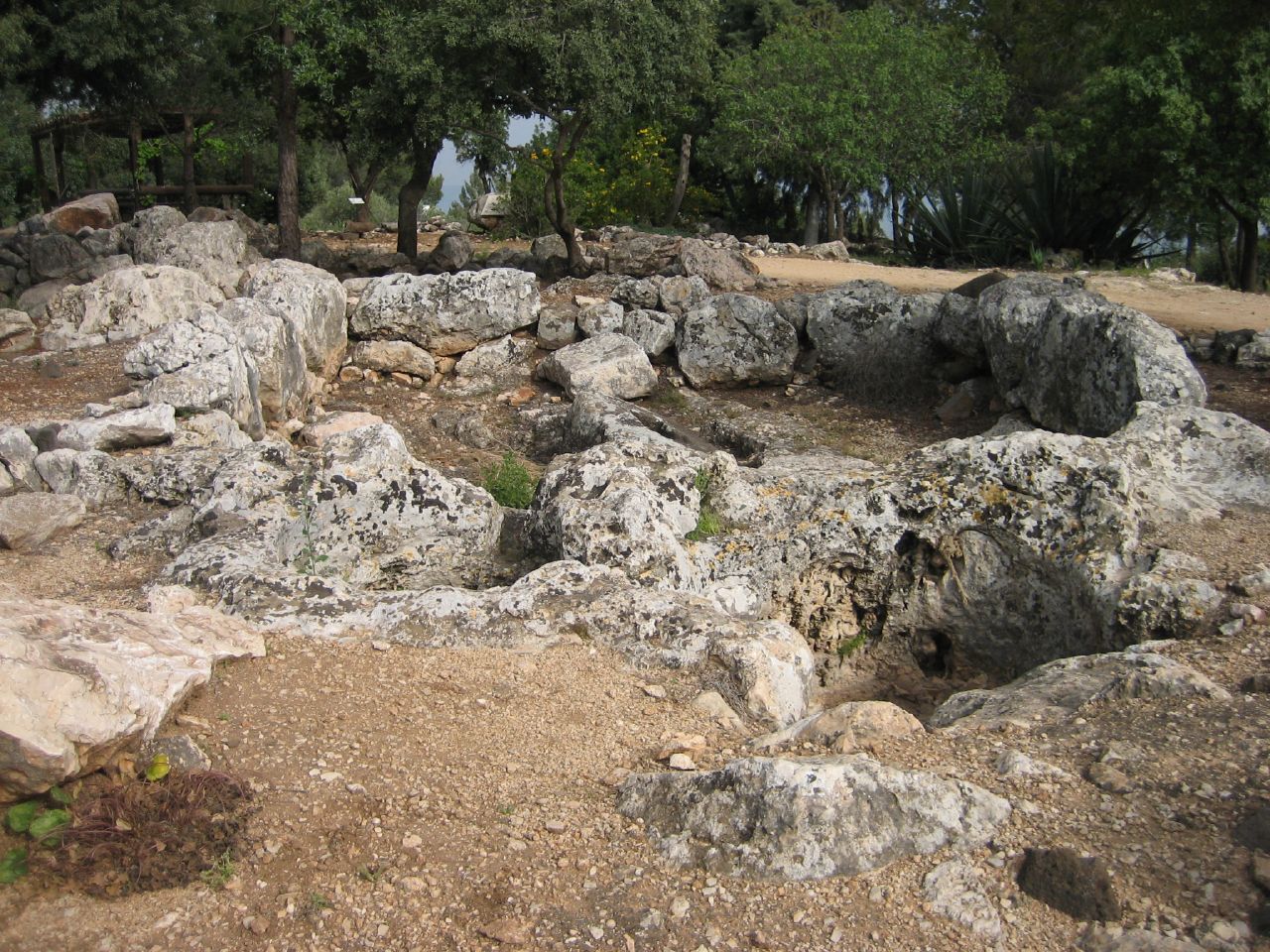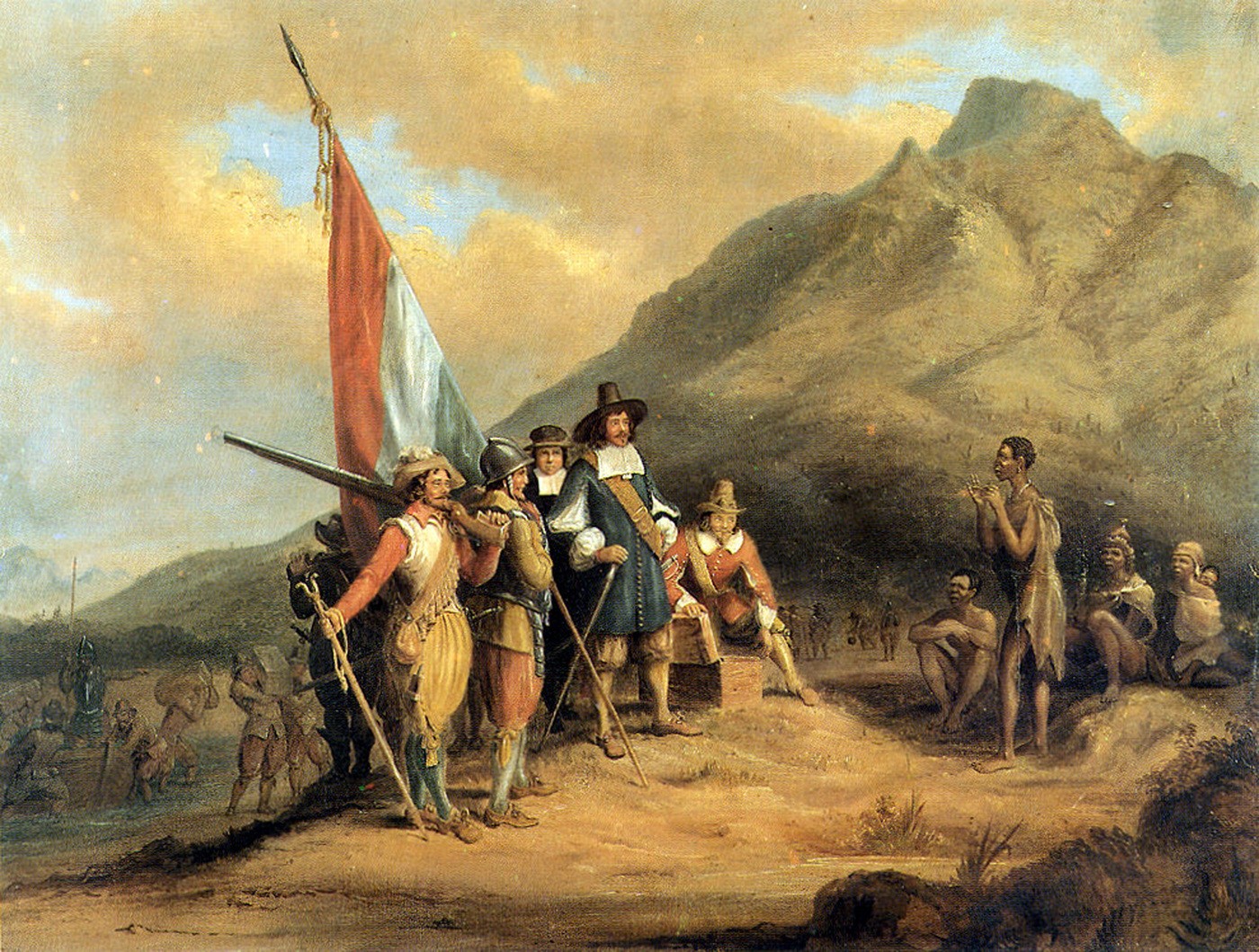|
French Colombard
Colombard (also known as French Colombard in North America) is a white French wine grape variety that may be the offspring of Chenin blanc and Gouais blanc. This makes the grape the sibling of the Armagnac Meslier-Saint-François and the nearly extinct Cognac grape Balzac blanc.J. Robinson, J. Harding and J. Vouillamoz ''Wine Grapes - A complete guide to 1,368 vine varieties, including their origins and flavours'' pg 82, Allen Lane 2012 In France, it was traditionally grown in the Charentes and Gascony for distilling into Cognac and Armagnac respectively. Today it is still among the permitted white grape varieties in Bordeaux wine,winepros.com.au. and in Gascony for Vins de Pays Côtes de Gascogne and the white Floc de Gascogne.Maison des Producteurs du Floc de Gascogne, F-32 800 Eauze aperitif drink. The wine is known for its distinctive flavours of Guava. Old vine grapes are crushed by some northern Californian producers and made into a fruity white wine of interesting ch ... [...More Info...] [...Related Items...] OR: [Wikipedia] [Google] [Baidu] |
Vitis Vinifera
''Vitis vinifera'', the common grape vine, is a species of flowering plant, native to the Mediterranean Basin, Mediterranean region, Central Europe, and southwestern Asia, from Morocco and Portugal north to southern Germany and east to northern Iran. , there were between List of grape varieties, 5,000 and 10,000 varieties of ''Vitis vinifera'' grapes though only a few are of commercial significance for wine and table grape production. The wild grape is often classified as ''Vitis vinifera'' ''sylvestris'' (in some classifications considered ''Vitis sylvestris''), with ''Vitis vinifera'' ''vinifera'' restricted to cultivated forms. Domesticated vines have hermaphrodite#Plants, hermaphrodite flowers, but ''sylvestris'' is plant sexuality, dioecious (male and female flowers on separate plants) and pollination is required for fruit to develop. Grapes can be eaten fresh or dried to produce raisins, Sultana (grape)#Raisins, sultanas, and Zante currant, currants. Grape leaves are used ... [...More Info...] [...Related Items...] OR: [Wikipedia] [Google] [Baidu] |
Gascony
Gascony (; ) was a province of the southwestern Kingdom of France that succeeded the Duchy of Gascony (602–1453). From the 17th century until the French Revolution (1789–1799), it was part of the combined Province of Guyenne and Gascony. The region is vaguely defined, and the distinction between Guyenne and Gascony is unclear; by some they are seen to overlap, while others consider Gascony a part of Guyenne. Most definitions put Gascony east and south of Bordeaux. It is currently divided between the region of Nouvelle-Aquitaine (departments of Landes, Pyrénées-Atlantiques, southwestern Gironde, and southern Lot-et-Garonne) and the region of Occitanie (departments of Gers, Hautes-Pyrénées, southwestern Tarn-et-Garonne, and western Haute-Garonne). Gascony was historically inhabited by Basque-related people who appear to have spoken a language similar to Basque. The name Gascony comes from the same root as the word Basque (see Wasconia below). From the Middle Ag ... [...More Info...] [...Related Items...] OR: [Wikipedia] [Google] [Baidu] |
Israeli Wine
Israeli wine is produced by hundreds of Winery, wineries, ranging in size from small boutique enterprises to large companies producing over ten million bottles per year. Wine has been produced in the Land of Israel since biblical times. Wine was exported to Rome during the Roman period, but under the Early Muslim conquests, Muslim rulers the production was virtually wiped out. Under the Crusaders, winemaking was temporarily revived. The modern Israeli wine industry was founded by Baron Edmond James de Rothschild, owner of the Bordeaux wine, Bordeaux estate Château Lafite-Rothschild. Today, Israeli winemaking takes place in five vine-growing regions: Galil (Galilee, including the Golan Heights), the region most suited for viticulture due to its high elevation, cool breezes, marked day and night temperature changes and rich, well-drained soils; the Judean Hills, surrounding the city of Jerusalem; Shimshon (Samson), located between the Judean Hills and the Coastal Plain; the Negev, ... [...More Info...] [...Related Items...] OR: [Wikipedia] [Google] [Baidu] |
Australian Wine
The Australian wine industry is one of the world's largest exporters of wine, with approximately 800 million out of the 1.2 to 1.3 billion litres produced annually exported to overseas markets. The wine industry is a significant contributor to the economy of Australia, Australian economy through production, employment, export, and tourism. There is a $3.5 billion domestic market for Australian wines, with Australians consuming approximately 500 million litres annually. Norfolk Islanders are the second biggest per capita wine consumers in the world with 54 litres. Only 16.6% of wine sold domestically is imported. Wine is produced in every state, with more than 60 designated wine regions totalling approximately 160,000 hectares; however Australia's wine regions are mainly in the southern, cooler parts of the country, with vineyards located in South Australian wine, South Australia, New South Wales wine, New South Wales, Victorian wine, Victoria, Western Australian wine, ... [...More Info...] [...Related Items...] OR: [Wikipedia] [Google] [Baidu] |
South African Wine
South African wine has a history dating back to 1659 with the first bottle being produced in Cape Town by its founder and governor Jan van Riebeeck. Access to international markets led to new investment in the South African wine market. Production is concentrated around Cape Town and almost exclusively located within the Western Cape, Western Cape province, with major vineyard and production centres at Constantia, Cape Town, Constantia, Paarl, Stellenbosch and Worcester, Western Cape, Worcester. There are about 60 appellations within the Wine of Origin (WO) system, which was implemented in 1973 with a hierarchy of designated production regions, districts and wards. WO wines must only contain grapes from the specific area of origin. "Single vineyard" wines must come from a defined area of less than 6 hectares. An "Estate Wine" can come from adjacent farms if they are farmed together and wine is produced on site. A ward is an area with a distinctive soil type or climate and is rou ... [...More Info...] [...Related Items...] OR: [Wikipedia] [Google] [Baidu] |
Jug Wine
"Jug wine" is a term in the United States for inexpensive table wine typically bottled in a glass bottle or jug. Historically, jug wines were labeled semi-generically, often sold to third parties to be relabeled, or sold directly from the winery's tasting room to customers who would often bring their own bottles. For a period following Prohibition, jug wines were the only domestic wine available for most Americans. Beginning in the 1960s, when Americans began to consume more premium wine, jug wine took on a reputation for being "extreme value" (bargain-priced premium wine).Julia Flynn Siler: ''The House of Mondavi: The Rise and Fall of an American Wine Dynasty'', page 310. Gotham Books, 2007. Beginning in the late 1980s jug wines have increasingly been labeled varietally to meet consumer demand. Common brands Common brands include Gallo, Carlo Rossi, Almaden Vineyards, and Inglenook Winery. Typical formats include 750 ml and one liter glass bottles, as well as three a ... [...More Info...] [...Related Items...] OR: [Wikipedia] [Google] [Baidu] |
Californian Wine
California wine production has a rich viticulture history since 1680 when Spanish Jesuit missionaries planted ''Vitis vinifera'' vines native to the Mediterranean region in their established missions to produce wine for religious services. In the 1770s, Spanish missionaries continued the practice under the direction of the Father Junípero Serra who planted California's first vineyard at Mission San Juan Capistrano. Its contemporary wine production grew steadily since the end of Prohibition, but mostly known for its sweet, port-style and jug wine products. As the market favored French brands, California's table wine business grew modestly, Taber (2005), p40 but quickly gained international prominence at the Paris Wine Tasting of 1976, when renowned French oenophiles, in a blind tasting, ranked the California wines higher than the premier French labels in the Chardonnay (white) and Cabernet Sauvignon (red) categories. Taber (2005), pp216–220 The result caused a 'sh ... [...More Info...] [...Related Items...] OR: [Wikipedia] [Google] [Baidu] |
Vine
A vine is any plant with a growth habit of trailing or scandent (that is, climbing) stems, lianas, or runners. The word ''vine'' can also refer to such stems or runners themselves, for instance, when used in wicker work.Jackson; Benjamin; Daydon (1928). ''A Glossary of Botanic Terms with their Derivation and Accent'', 4th ed. London: Gerald Duckworth & Co. In parts of the world, including the British Isles, the term "vine" usually applies exclusively to grapevines, while the term "climber" is used for all climbing plants. Growth forms Certain plants always grow as vines, while a few grow as vines only part of the time. For instance, poison ivy and bittersweet can grow as low shrubs when support is not available, but will become vines when support is available. A vine displays a growth form based on very long stems. This has two purposes. A vine may use rock exposures, other plants, or other supports for growth rather than investing energy in a lot of supportive tissu ... [...More Info...] [...Related Items...] OR: [Wikipedia] [Google] [Baidu] |
Guava
Guava ( ), also known as the 'guava-pear', is a common tropical fruit cultivated in many tropical and subtropical regions. The common guava '' Psidium guajava'' (lemon guava, apple guava) is a small tree in the myrtle family (Myrtaceae), native to Mexico, Central America, the Caribbean and northern South America. The name guava is also given to some other species in the genus '' Psidium'' such as strawberry guava ('' Psidium cattleyanum'') and to the pineapple guava, '' Feijoa sellowiana''. In 2019, 55 million tonnes of guavas were produced worldwide, led by India with 45% of the total. Botanically, guavas are berries. Etymology The term ''guava'' appears to have been in use since the mid-16th century. The name derived from the Taíno, a language of the Arawaks as for ''guava tree'' via the Spanish for . It has been adapted in many European and Asian languages, having a similar form. Origin and distribution Guavas originated from an area thought to extend from Mexic ... [...More Info...] [...Related Items...] OR: [Wikipedia] [Google] [Baidu] |
Eauze
Eauze (; Gascon language, Gascon: ''Eusa'') is a Communes of France, commune in the Gers Departments of France, department in southwestern France. History Located in the heart of south-west France, 130 kilometers from the Spanish border, Eauze is originally a Proto-Basque language, proto-Basque city that became Roman. It was the capital of the Roman Empire, Roman province of Novempopulania until the eighth century. Its Latin name, Elusa (ancient capital), Elusa, is identical to that of a Elusa (titular see), titular see of Palaestina Tertia, suffragan of Petra. Geography Eauze is twinned with Ampuero (Spain). Climate The weather is typical of the southwestern French climate, characterized by an oceanic influence and high temperatures in summer. The annual sunshine is around 2,000 hours. In winter, frosts can be large and reach a minimum early morning temperature of -5 °C. On the other hand, summers are favorable to the strong heat and the proximity of the ocean accentuates ... [...More Info...] [...Related Items...] OR: [Wikipedia] [Google] [Baidu] |
Floc De Gascogne
The Floc de Gascogne is a regional apéritif from the Côtes de Gascogne and Armagnac (province), Armagnac regions of South West France (wine region), Sud-Ouest wine region of France. It is a ''vin de liqueur'' Fortified wine, fortified with Armagnac (drink), armagnac, the local brandy. It has had ''Appellation d'origine contrôlée'' status since 1990. Elsewhere in France analogous drinks are made (Pineau des Charentes in the Cognac (brandy), Cognac zone, Macvin du Jura AOC, Macvin in Jura; there is also Pommeau, similarly made by blending apple juice and Calvados (spirit), apple brandy). History Floc de Gascogne is produced according to a recipe that has been in use in the French region of Gascony since the 16th century. The name "Floc de Gascogne" was coined by Henri Lamor, a winemaker from Cravencères, in 1954. The word "floc" comes from the Occitan language and means bouquet of flowers. Characteristics Floc de Gascogne is a mistelle, a ''vin de liqueur'' (a fortified swe ... [...More Info...] [...Related Items...] OR: [Wikipedia] [Google] [Baidu] |








